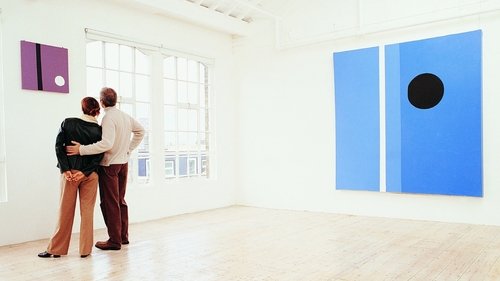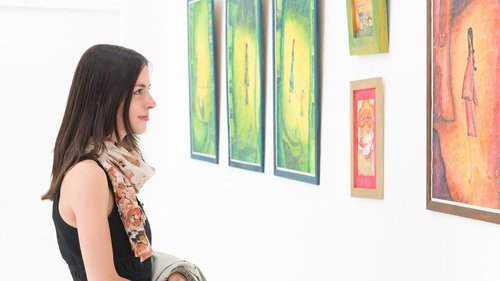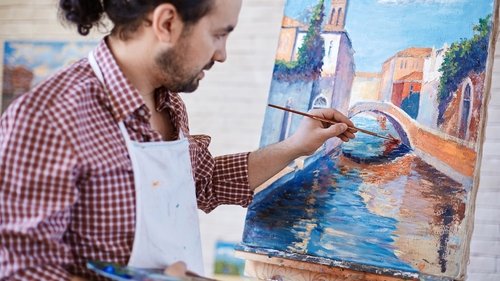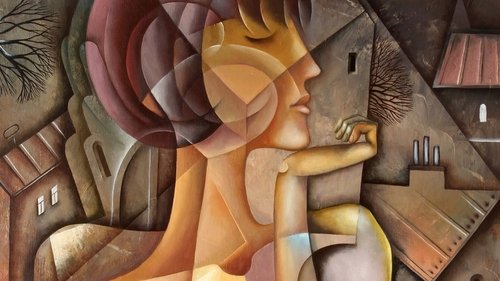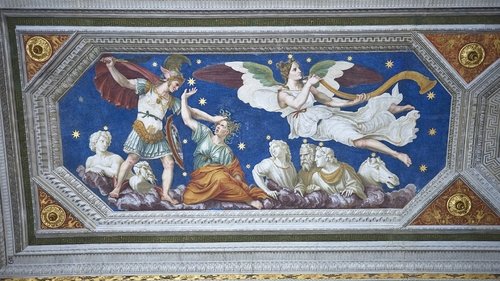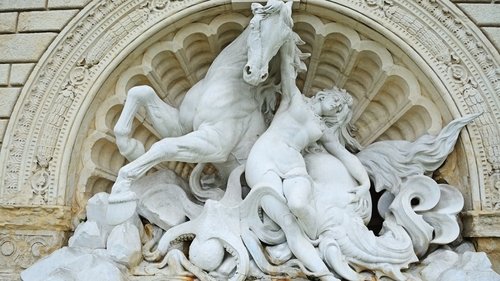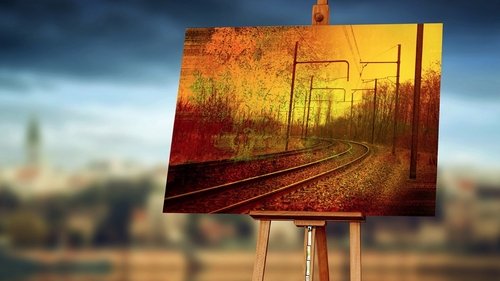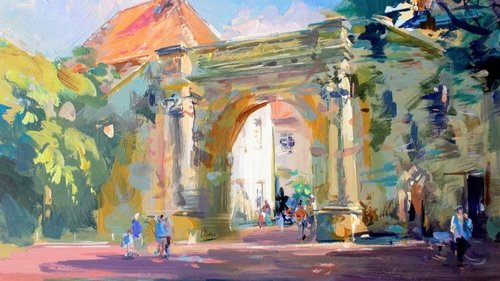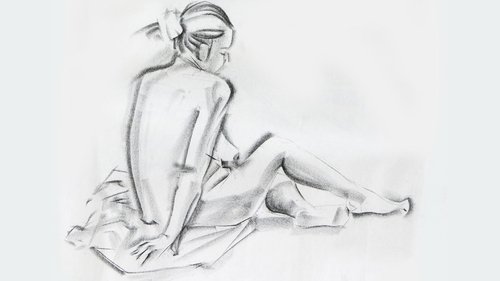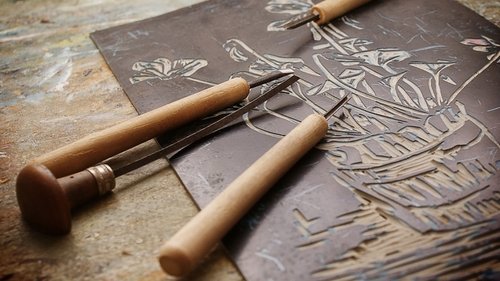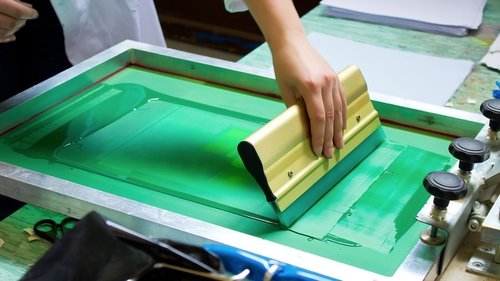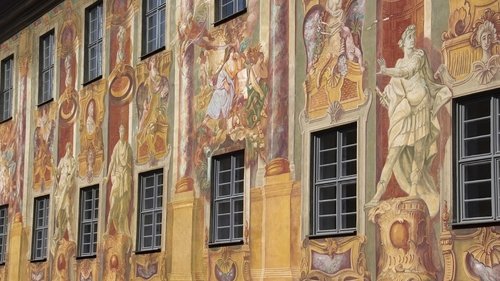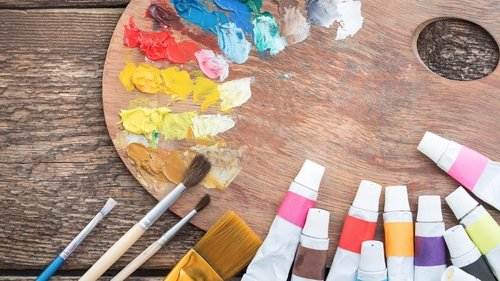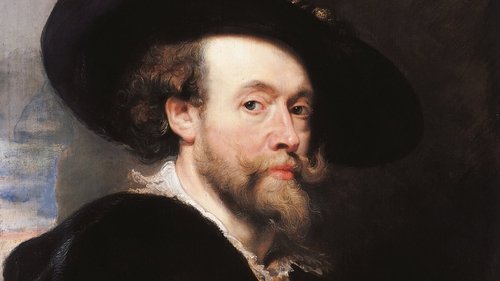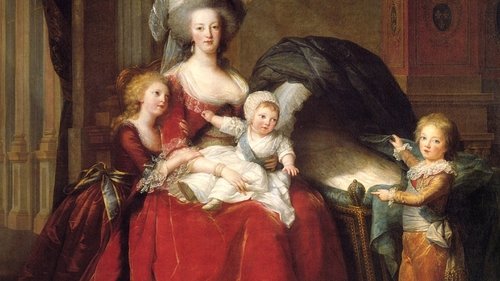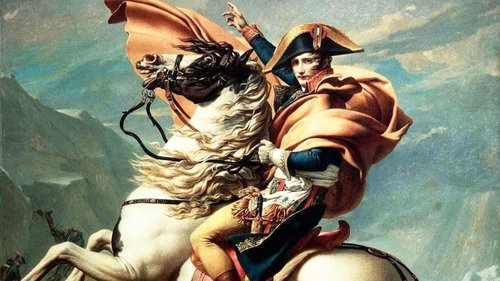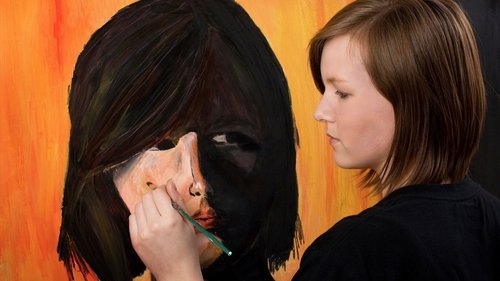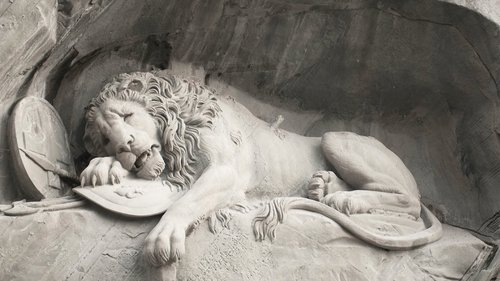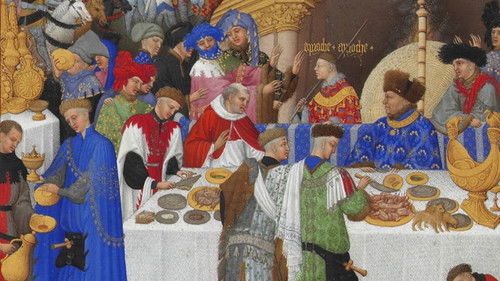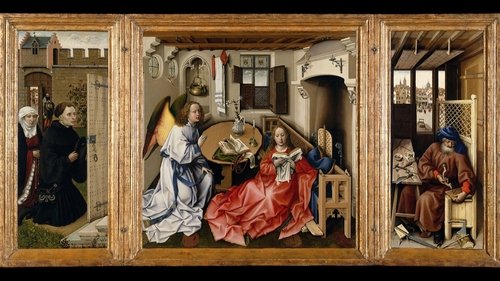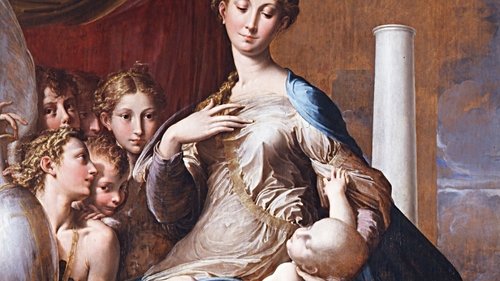
Documentary

The Best Episodes of How to Look at and Understand Great Art
Every episode of How to Look at and Understand Great Art ranked from best to worst. Let's dive into the Best Episodes of How to Look at and Understand Great Art!

The Best Episodes of How to Look at and Understand Great Art
Documentary
Every episode of How to Look at and Understand Great Art ranked from best to worst. Let's dive into the Best Episodes of How to Look at and Understand Great Art!
Contemplate the "anti-art" spirit of Dadaism, its nihilistic yet humorous indictment of civilization and bizarre use of unconventional media. In the sensibility of Surrealism, observe...
Seasons1
Best Episodes Summary
"The Importance of First Impressions" is the best rated episode of "How to Look at and Understand Great Art". It scored /10 based on 0 votes. Directed by Unknown and written by Unknown, it aired on 1/1/2011. This episode scored 0.0 points higher than the second highest rated, "Where Am I? Point of View and Focal Point".
